Aviation Cyber Security Market Size
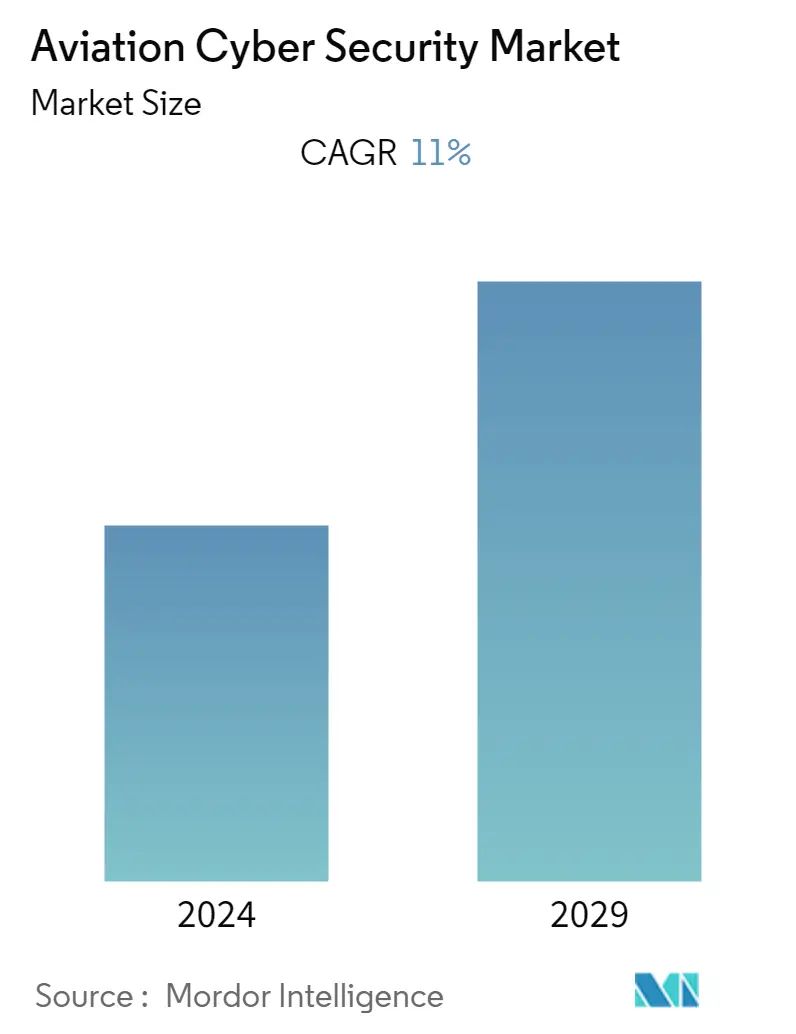
| Study Period | 2019 - 2029 |
| Base Year For Estimation | 2023 |
| CAGR | 11.00 % |
| Fastest Growing Market | Asia Pacific |
| Largest Market | North America |
| Market Concentration | Medium |
Major Players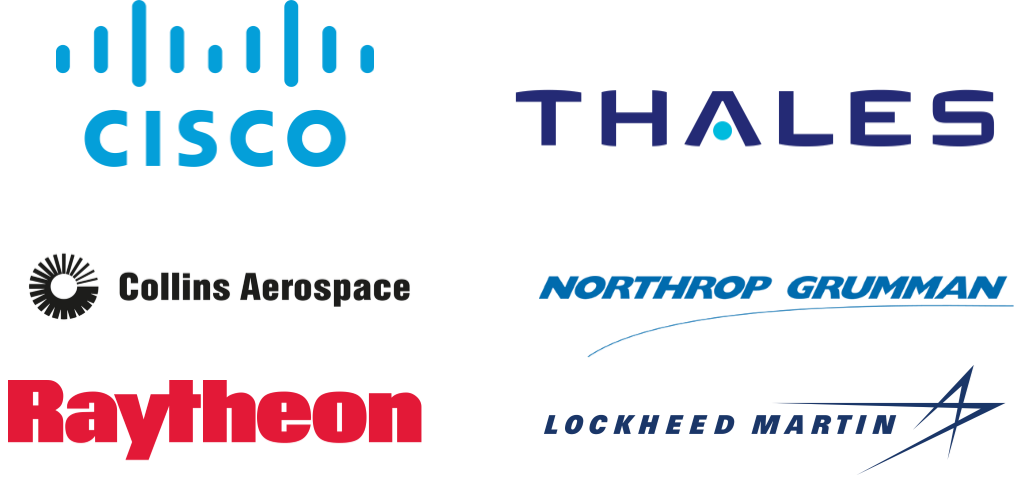
*Disclaimer: Major Players sorted in no particular order |
Aviation Cyber Security Market Analysis
The aviation cyber security market is expected to register a CAGR of around 11%, during the forecast period, 2021-2026. The aviation sector has been benefitting from the increasing level of connectivity and digitization, across the value chain. The enabling technological advancements in the aviation sector are creating enormous opportunities to have better customer service, security, flight efficiency, operations, and passenger experience, both on the ground and in the air.
- With the advancement of technology and connectivity, the market has become prone and vulnerable to cyber attacks of malicious malware activities targeting the aviation sector. For instance, in December 2017, a major amount of sensitive security data was stolen at Perth Airport. The world's biggest airline, Cathay Pacific Airways Ltd., also suffered from a data breach, with the hacker accessing personal information of more than 9.4 million customers.
- Detection and prevention are the most sought-after solutions, as these threats are becoming more stealth with every attack. Owing to such instances, the corporates are trying to utilize the services of domain experts, thus, creating an opportunity for the market.
- A key driver for the market studied is the need for technological advancements to prevent the aviation sector, IT infrastructure, and networks from cyber attacks. Furthermore, as the aerospace sector moves toward the autonomy of spaceflight and is investing billions in developing aviation technologies, the need to protect the infrastructure becomes critical.
Aviation Cyber Security Market Trends
This section covers the major market trends shaping the Aviation Cyber Security Market according to our research experts:
Airport Management Holds a Significant Market Share being the Passengers Contact Point
- With the number of air travel passengers increasing at a rapid rate year-over-year, airports continue to upgrade their infrastructure intelligence to improve passengers 'travel experience and to support the growth. By enabling the exchange of real-time information on the flight schedule, collaboration, and airport-wide process integration, airports significantly improve operational efficiencies, passenger services, and advanced security capabilities. These factors drive the adoption of these systems, thus, impacting the market
- According to SITA Air Transport IT Trends Insights Report, 2018, the airport and the airline have IT investment prioritized as cybersecurity, with 94% of studied airports planning to invest in the cybersecurity programs, over the next three years.
- There is an increase in demand for cyber security in aviation in the Asia-Pacific region. According to the Indian Government's Vision 2040, India needs approximately 200 commercial flight airports and an estimated investment of USD 40 to USD 50 billion to handle at least 1.1 billion passengers. Also, the civil aviation authorities of the world are emphasizing the enhancement and ensuring of safety and security standards, across the fast-growing aviation ecosystem.
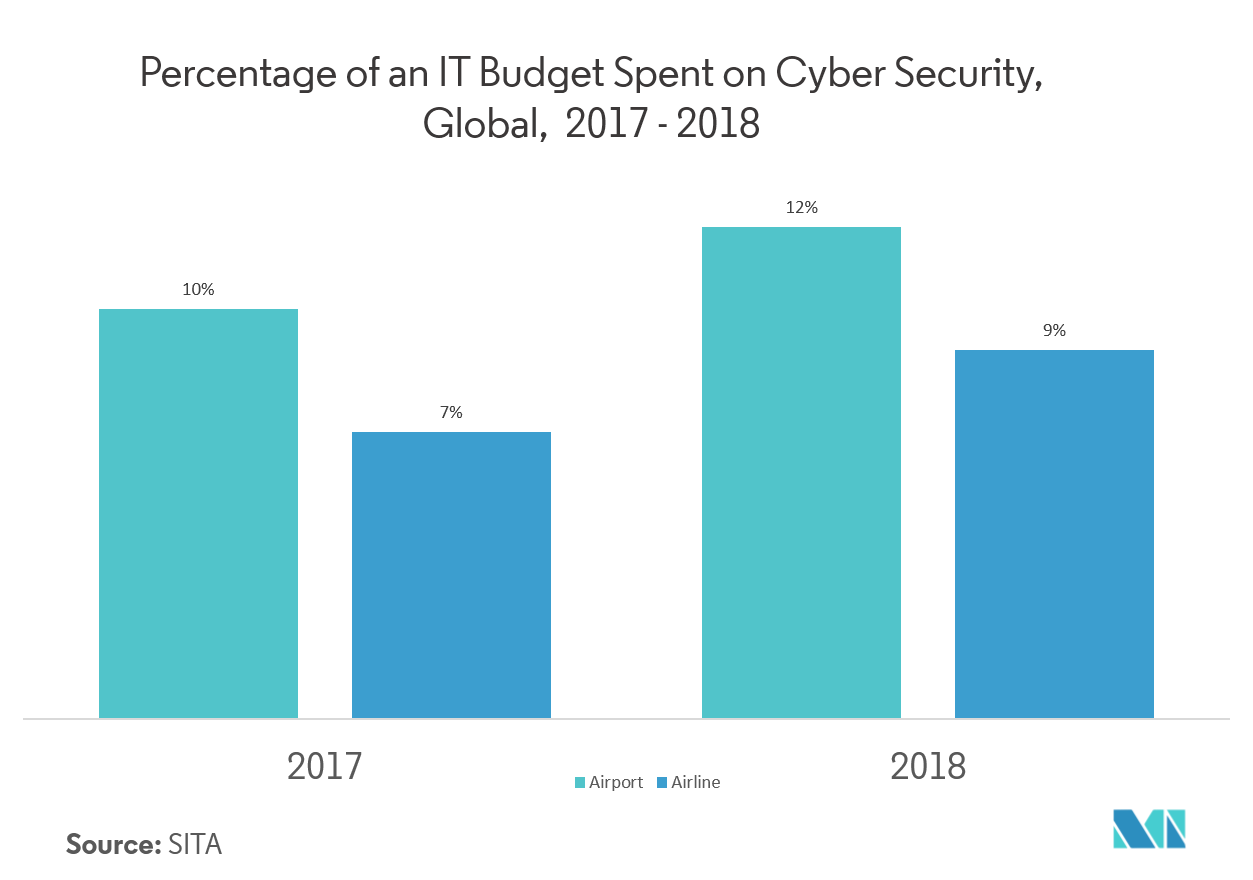
North America Holds the Largest Market Share
- According to the Cyber Security Breaches Survey 2018, in the United States, the state of California lost more than USD 214 million through cybercrime, alone. Such cases created a need for cyber security in the country and impacted the demand.
- In the United States, the transportation companies and air carriers, especially the aviation sector, are incorporating more advanced cyber security programs that align with the National Institute of Standards and Technology (NIST) standards.
- The United States lays high emphasis on its aviation sector and invests mainly in the R&D of advanced cybersecurity systems. For instance, 2019 President’s Budget includes USD 15 billion of budget authority meant for cyber security-related activities, along with Airport and Airway Trust Fund having USD 32.4 million of 2019 budget.
- In addition, the new budget spending for Canadian infrastructure protection is marked at USD 144.9 million over five years, including Canada’s critical cyber systems, including sectors in the finance, telecommunications, energy, and transport sectors.
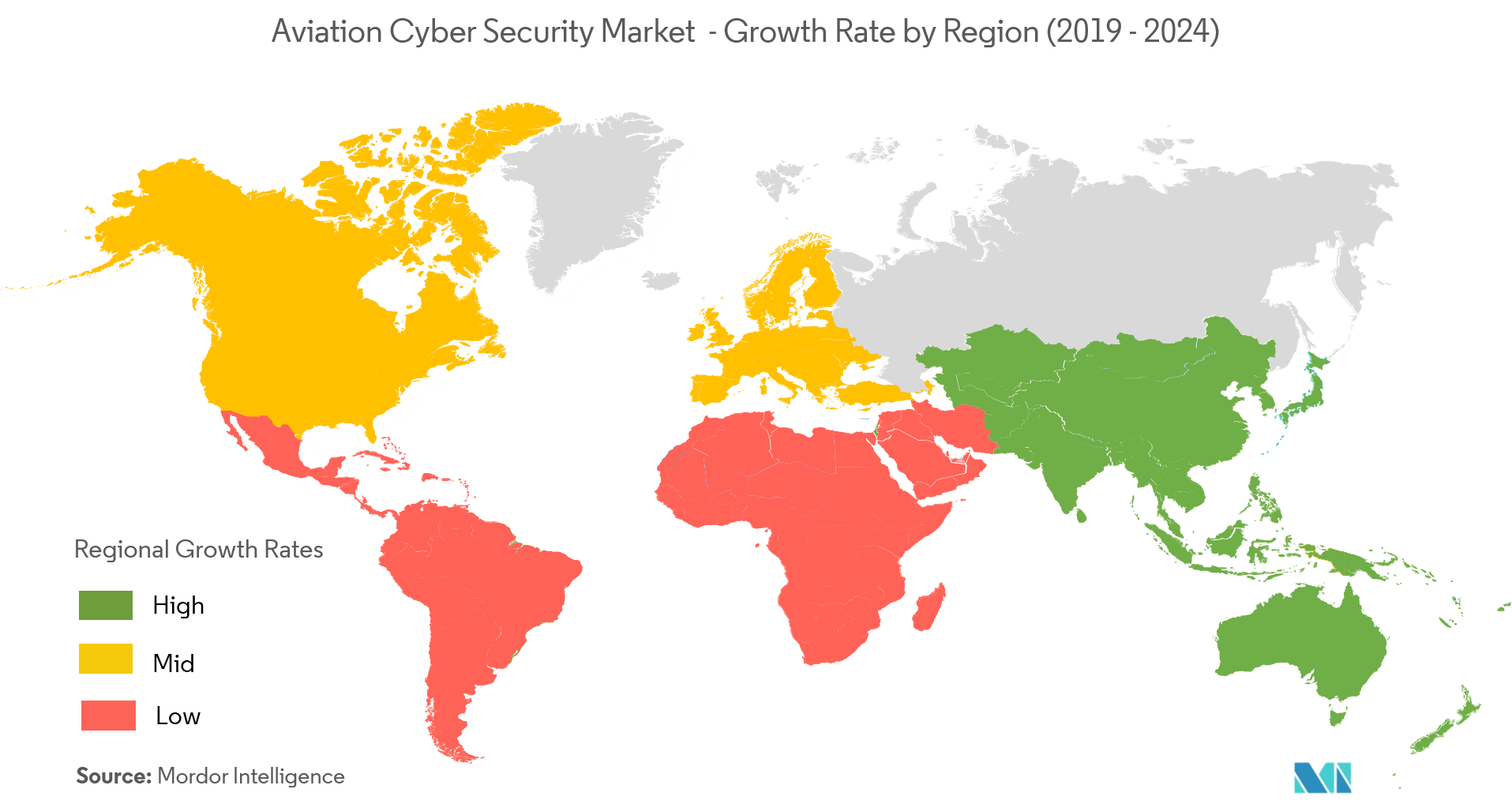
Aviation Cyber Security Industry Overview
The competitive rivalry in the market is high among the dominant marketplayers, such asCisco SystemsInc. and Thales Group, among others. There are significant R&D spending being done by the market vendors to improve the offering on a continuous basis. Version upgrades with enhanced capabilities differentiate the market offerings. The market is experiencing collaborations,mergers, and acquisitions to enable stronger technical capabilities and wider applications.
- In April2019 -Thales Group acquired a software security company, Gemalto, for USD 5.4 billion. It plans to create a new divisionto be named as digital identity and security, for redefiningits divisions as aerospace,space,ground transportation,defense and security,and digital identity and security.
- In October2018 - Cisco acquired Duo Security to integrate itsnetworks, devices, and cloud security platforms.Duo's zero-trust authentication and access products have helped the company to let its customerssecurely connect users to any application on any networked device.
Aviation Cyber Security Market Leaders
-
Cisco Sytems Inc.
-
Thales Group
-
The Raytheon Company
-
Lockheed Martin Corporation
-
Collins Aerospace
*Disclaimer: Major Players sorted in no particular order
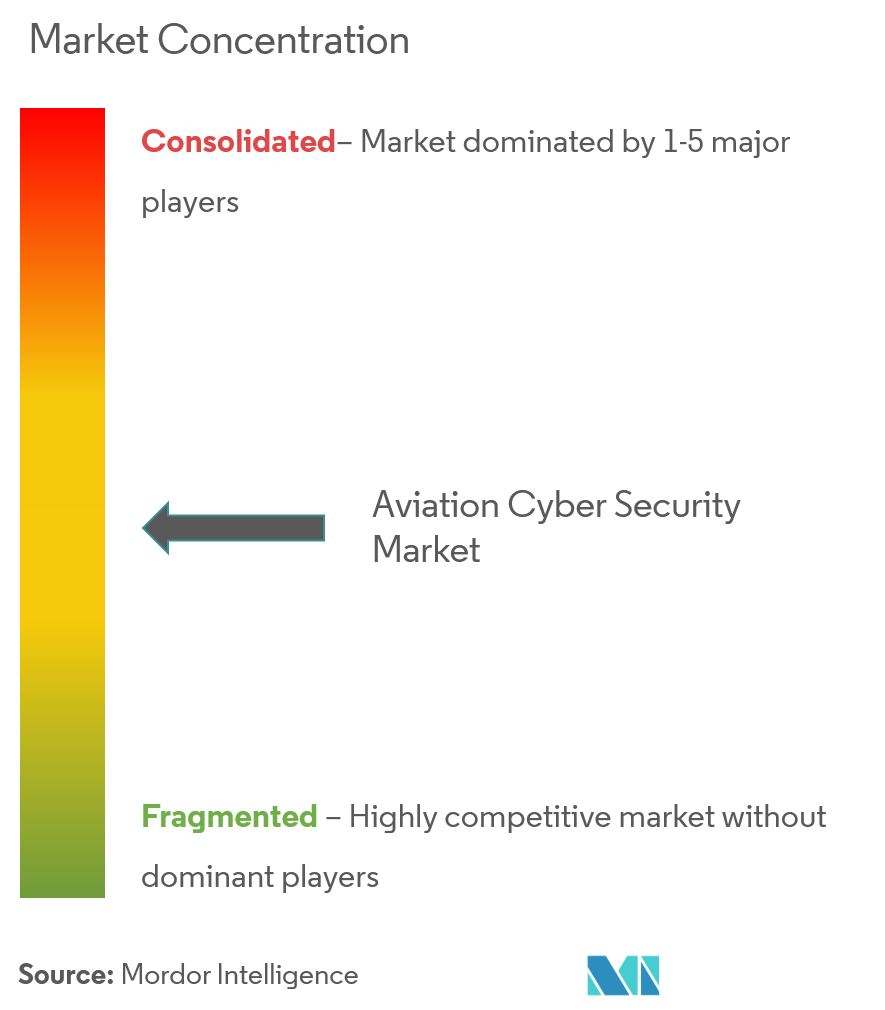
Aviation Cyber Security Market Report - Table of Contents
1. INTRODUCTION
2. RESEARCH METHODOLOGY
3. EXECUTIVE SUMMARY
4. MARKET DYNAMICS
- 4.1 Market Overview
-
4.2 Industry Attractiveness - Porter's Five Forces Analysis
- 4.2.1 Threat of New Entrants
- 4.2.2 Bargaining Power of Buyers/ Consumers
- 4.2.3 Bargaining Power of Suppliers
- 4.2.4 Threat of Substitute Products
- 4.2.5 Intensity of Competitive Rivalry
- 4.3 Introduction to Market Drivers and Restraints
-
4.4 Market Drivers
- 4.4.1 Increasing Rate of Cyber-attacks in the Aviation Sector
- 4.4.2 Technological Advancements and IT Systems Required to Support Passenger Traffic
-
4.5 Market Restraints
- 4.5.1 Lack of Cyber Security Professionals
- 4.6 Industry Value Chain Analysis
5. TECHNOLOGY SNAPSHOT
6. MARKET SEGMENTATION
-
6.1 By Solution
- 6.1.1 Threat Intelligence and Response
- 6.1.2 Identity and Access Management
- 6.1.3 Data Loss Prevention
- 6.1.4 Security and Vulnerability Management
- 6.1.5 Managed Security
-
6.2 By Application
- 6.2.1 Airline Management
- 6.2.2 Air Cargo Management
- 6.2.3 Airport Management
- 6.2.4 Air Traffic Control Management
-
6.3 Geography
- 6.3.1 North America
- 6.3.2 Europe
- 6.3.3 Asia-Pacific
- 6.3.4 Latin America
- 6.3.5 Middle East & Africa
7. COMPETITIVE LANDSCAPE
-
7.1 Company Profiles
- 7.1.1 Honeywell International Inc.
- 7.1.2 Cisco Systems Inc.
- 7.1.3 Thales Group
- 7.1.4 The Raytheon Company
- 7.1.5 BAE Systems
- 7.1.6 Lockheed Martin Corporation
- 7.1.7 Northrop Grumman Corporation
- 7.1.8 Collins Aerospace
- 7.1.9 Unisys Corporation
- 7.1.10 Palo Alto Networks Inc.
- *List Not Exhaustive
8. INVESTMENT ANALYSIS
9. MARKET OPPORTUNITIES AND FUTURE TRENDS
** Subject To AvailablityAviation Cyber Security Industry Segmentation
The aviation industry relies heavily on IT infrastructure for its ground and flight operations. The security of these airline systems directly impacts the operational safety and efficiency of the industry and indirectly impacts the service, reputation, and financial health. The report highlights cyber security in the aviation sector by solution and application spanning from airline management, air cargo management, air traffic control management, and airport management.
| By Solution | Threat Intelligence and Response |
| Identity and Access Management | |
| Data Loss Prevention | |
| Security and Vulnerability Management | |
| Managed Security | |
| By Application | Airline Management |
| Air Cargo Management | |
| Airport Management | |
| Air Traffic Control Management | |
| Geography | North America |
| Europe | |
| Asia-Pacific | |
| Latin America | |
| Middle East & Africa |
Aviation Cyber Security Market Research FAQs
What is the current Aviation Cyber Security Market size?
The Aviation Cyber Security Market is projected to register a CAGR of 11% during the forecast period (2024-2029)
Who are the key players in Aviation Cyber Security Market?
Cisco Sytems Inc., Thales Group, The Raytheon Company, Lockheed Martin Corporation and Collins Aerospace are the major companies operating in the Aviation Cyber Security Market.
Which is the fastest growing region in Aviation Cyber Security Market?
Asia Pacific is estimated to grow at the highest CAGR over the forecast period (2024-2029).
Which region has the biggest share in Aviation Cyber Security Market?
In 2024, the North America accounts for the largest market share in Aviation Cyber Security Market.
What years does this Aviation Cyber Security Market cover?
The report covers the Aviation Cyber Security Market historical market size for years: 2019, 2020, 2021, 2022 and 2023. The report also forecasts the Aviation Cyber Security Market size for years: 2024, 2025, 2026, 2027, 2028 and 2029.
Aviation Cyber Security Industry Report
Statistics for the 2023 Aviation Cyber Security market share, size and revenue growth rate, created by Mordor Intelligence™ Industry Reports. Aviation Cyber Security analysis includes a market forecast outlook to 2029 and historical overview. Get a sample of this industry analysis as a free report PDF download.



